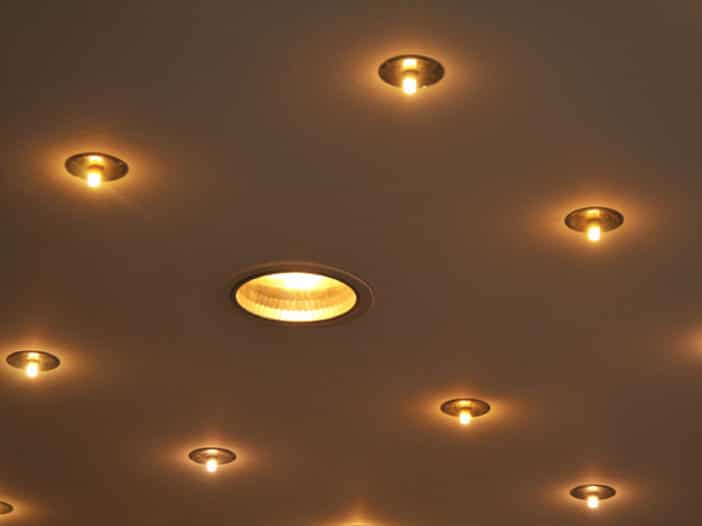
In the ever-evolving world of LED lighting has come a new term: Warm Dim. You will see it scattered across advertisements and spec sheets for LED recessed lighting. It refers to the ability of an LED fixture to “warm” as it dims and by warm we mean change color by sliding down the Kelvin Scale for color temperature all the way to around 2000K. The reason- that’s what we are used to.
I remember walking into a room with dimmed LED lighting not long after LED’s started to show up in commercial settings. The room seemed flat and a bit sterile, and I couldn’t quite put my finger on why. Then it occurred to me: the lights were less bright but still the same color which gave the room an odd feel that was both sterile and flat.
Sterile and flat can be fine for conference rooms, hospitals or factories but for relaxing at night after a long day of activity our visual senses crave a color of light that is consistent with the fading of the day into night. 2000K is the color of the sky at sunset. That’s about the same as fire and a dimmed incandescent bulb.
The need for that color of light in the evening is innate and it has been proven to tie into our Circadian Rhythms which regulate hormones that help us relax and fall asleep. In response, many companies have started to produce lighting that dims to 2000K. This involves adding amber color LEDs to the fixture. The amber LEDs stay consistently illuminated as the white LEDs dim which gives the illusion that the light is getting warmer.
This is just one innovation in a long line of changes to come as manufacturers and researchers continue to uncover lighting solutions that improve our day to day lives.

